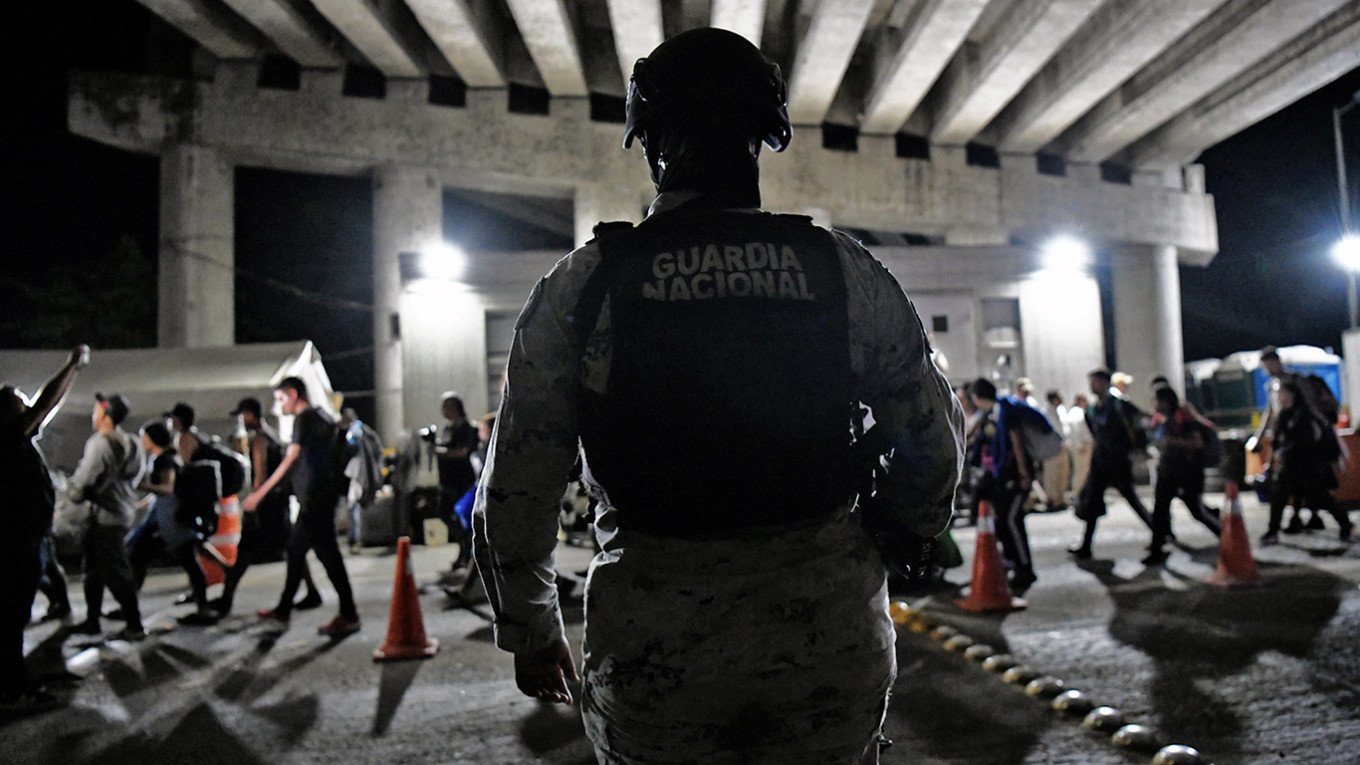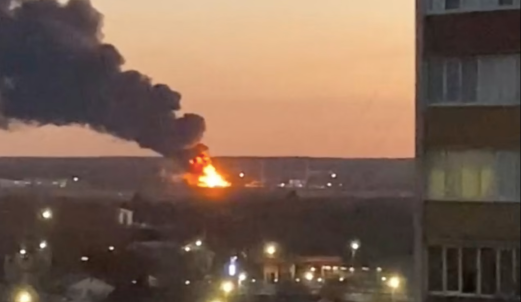
Galina Kaplunova, a 26-year-old Russian opposition activist, fled to the U.S. last summer seeking safety. Instead, she endured nearly two months in detention while U.S. authorities placed her four-year-old son in foster care. Her mother remains in custody.
Kaplunova, who worked with Kremlin critic Alexei Navalny’s Anti-Corruption Foundation, registered for asylum via CBP One, the U.S. government’s border app. After waiting 36 days in Mexico, she and her family were allowed to cross—but hours later, she was detained.
She is among hundreds of Russians facing prolonged detention amid shifting U.S. immigration policies. Lawyer Julia Nikolaev estimates at least 900 Russians are currently held. Many report overcrowded cells, poor sanitation, and prolonged processing times.
Danila Dolotov, a doctor detained for six months, described conditions as “horrific,” with 100+ people in a cell and inadequate sanitation. Kaplunova recalled a grueling transfer in the summer heat with no water, followed by a freezing detention room.
Advocates argue the rising detention of Russian asylum seekers stems from systemic immigration issues rather than targeted discrimination. However, opposition figures, including ex-political prisoner Ilya Yashin, are pushing U.S. officials to expedite Russian asylum cases, citing Kremlin repression.
With some cases delayed until 2026, many fear the current system is failing those fleeing political persecution.
Keep reading questiqa.com & questiqa.in for more updates.




